The secretin is the first Peptide hormone, which was discovered at the beginning of the last century and described as a gastrointestinal peptide hormone. Since then, more have been added that have been examined more closely, such as insulin, which is essential for the breakdown of sugar.
What is a peptide hormone?
Peptide hormones are characterized by their amino acid composition and have water-soluble properties. They consist of one or more peptide chains, each of which consists of a small number (between 10 and 100) of amino acids that are enzymatically linked by peptide bonds.
The carboxyl group of one amino acid reacts with the amino group of another amino acid with elimination of water. As signal molecules, peptide hormones can also induce the release of other hormones.
Function, effect & tasks
Peptide hormones either work locally at their production site or reach their site of action with the bloodstream. Here they cannot pass through the cell membrane and instead attach to membrane-bound cell receptors according to the lock and key principle.
As a result of the binding, the structures of the receptors change so that they can be used intracellularly e.g. B. bind and activate the enzyme adenylyl cyclase. This activation mediates a conversion of ATP into cAMP (cyclic adenosine monophosphate) inside the cell. Peptide hormones are therefore also referred to as first messengers and cAMP as second messengers. The cAMP has different functions depending on where it was produced, it can practically not leave the cell and is therefore converted into non-cyclic AMP and inactivated over time by another enzyme.
The most important peptide hormones are insulin and its counterpart glucagon. This prevents hypoglycaemia in the body. Insulin, on the other hand, reaches insulin-dependent tissues such as into the muscle cells, liver and fat cells, to induce the formation of glycogen (depot form of sugar). Other relevant peptide hormones are the sex hormones FSH (follicle-stimulating hormone) and LH (luteinizing hormone).
In women, they regulate the maturation of follicles in the ovaries and ovulation. In men, they control the formation of sperm, the LH here being called ICSH (interstitial cell stimulating hormone). The peptide hormone GH (Growth Hormone in English) has an influence on the metabolism of cells and, as a growth hormone, is responsible for the differentiation of cells and organs. It indirectly controls postnatal body growth by stimulating other messenger substances in the liver.
Education, occurrence, properties & optimal values
Usually longer precursor peptides are formed in the organs, which are stored inactive in the body. If necessary, they are then enzymatically proteolyzed, which means that the inactivating components are removed from the precursor of the peptide hormone and thus activated.
In the case of insulin, which consists of two peptide chains (A and B chains) and is formed in the pancreas, the two chains are linked by a C peptide and are inactive as proinsulin. As soon as the C-peptide is cleaved, the two chains are activated. The glucagon is also made in the pancreas. The production cells for insulin are the beta cells and for glucagon the alpha cells of the islet cells of Langerhans. These are named after the person who first described them, the German pathologist Paul Langerhans (1847–1888). Even small amounts of the peptide hormones are sufficient for their effect to be visible in the body.
A healthy person needs e.g. only 0.13-0.7 ng / ml insulin so that sugar breakdown can take place successfully. According to the hormone-producing glands, thyroid, adrenal medulla, hypothalamus or pituitary hormones are differentiated. FSH and LH, for example, are produced in the pituitary gland and transported to the reproductive organs via the bloodstream.
The gender-specific normal values for FSH in women of childbearing potential vary between 3.5-21.5 mlU / ml, depending on the cycle phase, while values between 26-135 mlU / ml are normal after menopause. In men, the FSH values differ depending on age (under 40 years: <6 mlU / ml FSH; from 40 years: <13 mlU / ml FSH). The value for LH also fluctuates depending on the sex (in men ≥ 25 years: 1.7-8.6 mlU / ml) and in women cycle-specifically (1-95 mlU / ml, after menopause: 7.7-58.5 mlU / ml).
For GH, the concentration varies between adults (0-8 ng / ml) and children up to puberty (1-10 ng / ml). When determining the concentration of hormones, the blood should always be taken in the morning, as the hormone release is subject to a daily rhythm.
Diseases & Disorders
During the production or at the place of action of the peptide hormones, disorders can occur that lead to a wide variety of diseases. Insulin gained notoriety through the common disease diabetes mellitus (diabetes).
If, for example, the beta cells can no longer produce insulin, this must be supplied to the body from the outside. In the case of insulin resistance, many of the specific cell surface receptors that normally interact with insulin can no longer manage this interaction and the second messenger remains inactive. Increased glucagen production is caused by glucagonomas. These are neuroendocrine tumors that mainly affect the alpha cells of the pancreas. Glucagonomas make up about 1% of all pancreatic tumors and are therefore very rare. In contrast, hypoglycemia is usually a glucagon deficiency.
In the event of an unwanted pregnancy, the concentrations of FSH or LH can be significantly below the normal values, so that the ovaries are underactive. Disturbances in puberty development can also be traced back to a deficiency or malformation of FSH and / or LH. FSH disorders can inhibit the development of puberty in boys and can be the cause of insufficient semen maturation in men.


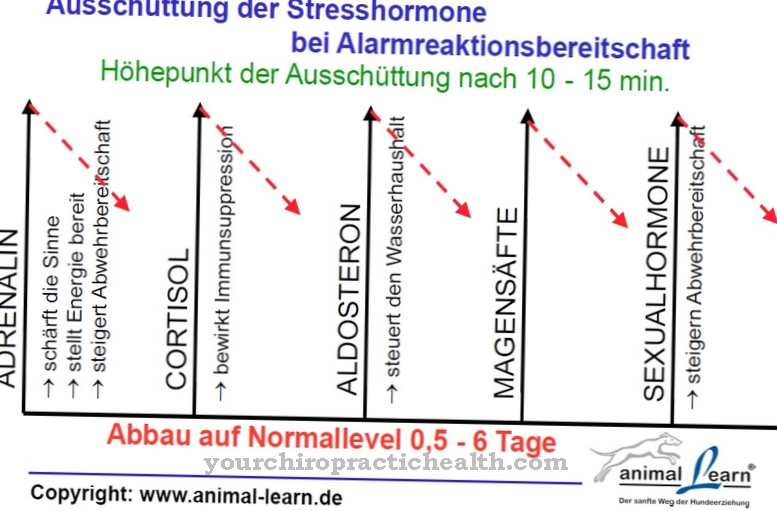
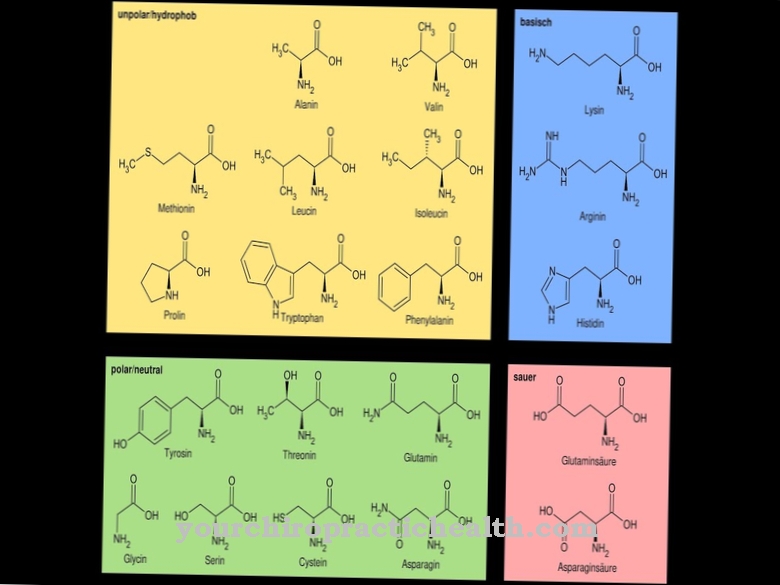
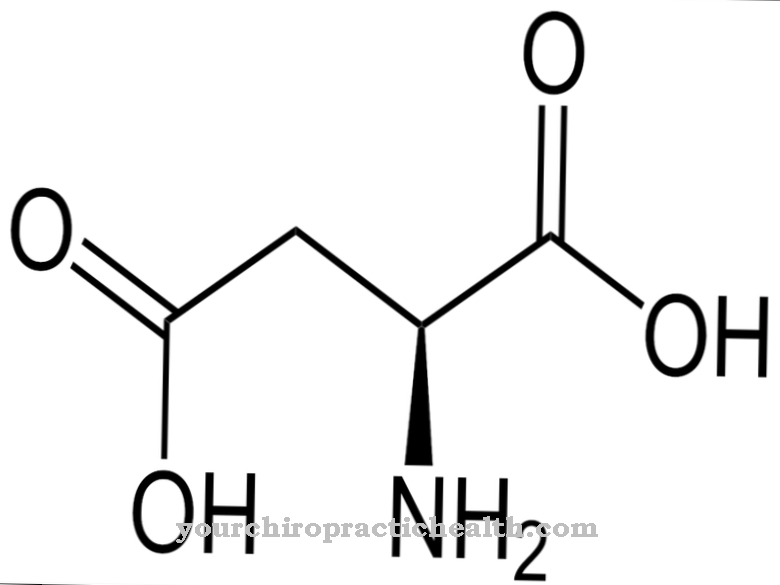
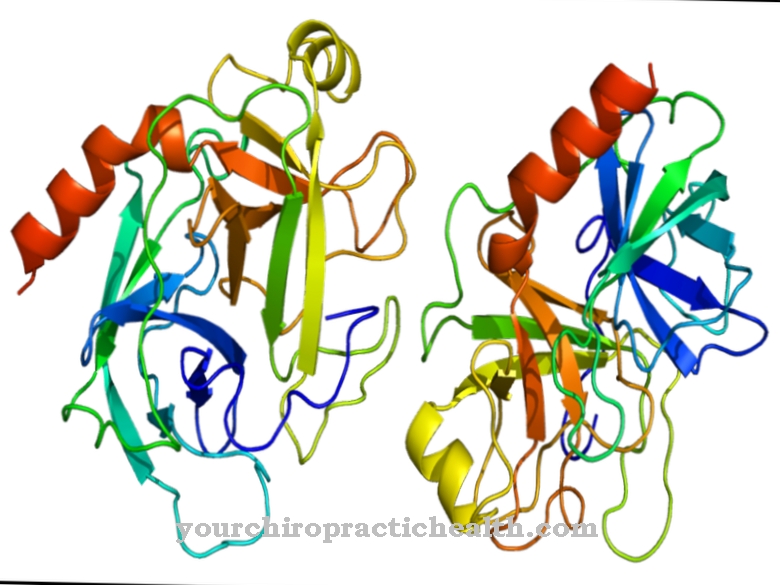
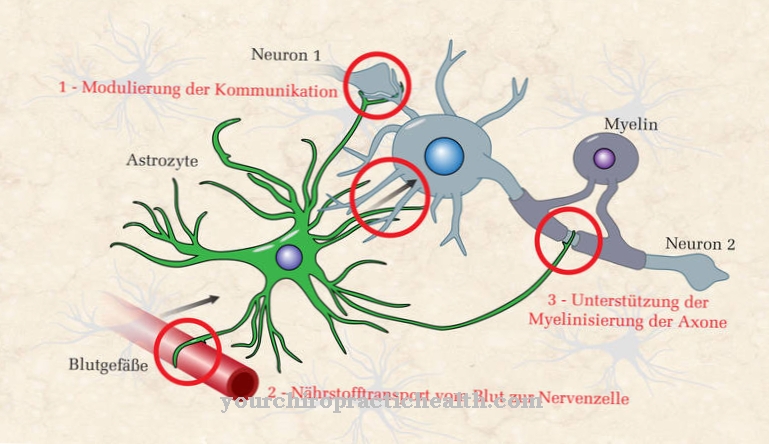






.jpg)

.jpg)
.jpg)











.jpg)